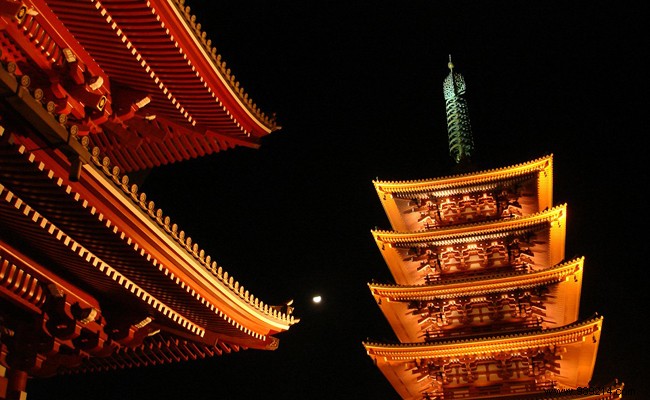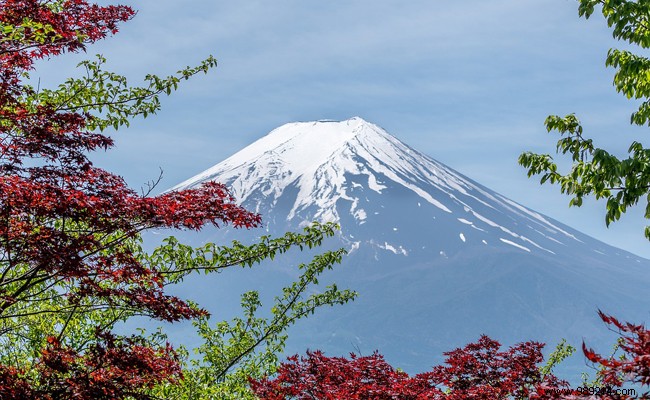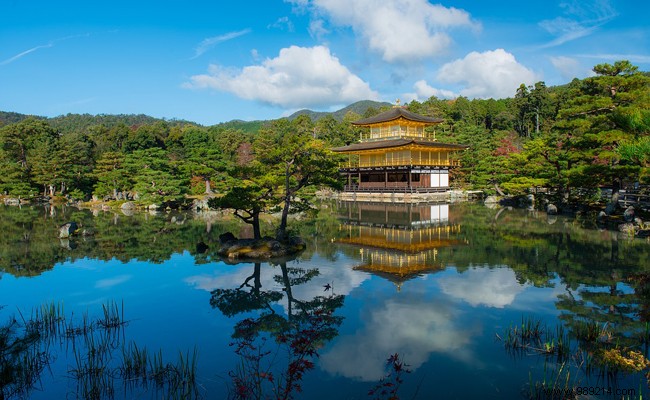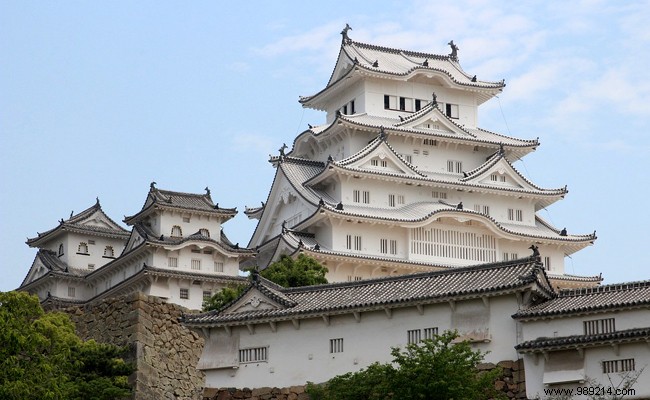Japan is full of architectural treasures and exceptional natural sites. You will be spoiled for choice if you plan to go on a trip to this country, where tradition mixes with modernity. A selection of must-see places to visit in Japan.

Senso-ji is the oldest Buddhist temple in Tokyo and the best known in Japan. Built in the Edo period (1603-1867) under the reign of the Tokugawa shogun dynasty, it was the first place of prayer dedicated to Kannon, goddess of compassion. This is why this temple is better known as Asakusa Kannon. Senso-ji is located in the Asakusa district of Tokyo, a district where the Japanese tradition is still very present with its shops decorated with lanterns. Every May, one of the biggest festivals in Japan takes place there, the Sanja matsuri. A visit to the Senso-ji temple is also an opportunity to discover the city of Tokyo with its many faces:its districts with modern architecture to the largest fish market in the world, passing through trendy streets dedicated to young Japanese.
Meiji Jingu Shrine is an imposing building built in 1920 in honor of Emperor Meiji. It is reached by crossing the immense Yoyogi Park, made up of a forest of hundred-year-old trees, and passing through a thousand-year-old gate. In this timeless site in the heart of Tokyo, you can attend weekends, with a little luck, traditional wedding ceremonies.

In central Japan, southwest of Tokyo, Mount Fuji, the highest mountain in the country, culminates at nearly 4,000 meters above sea level. Mount Fuji, a still active volcano, is recognizable by its cone-shaped summit covered in snow. It is a sacred high place climbed by hundreds of thousands of pilgrims each year. Mount Fuji is also popular with hikers who can reach its summit during the two summer months.
One hour by train from Tokyo, far from the crowds, the city of Hakone is located on the shores of the great lake of Ashinoko from where you can admire the famous Mount Fuji. Hakone has the most famous hot springs (“onsen”) in northern Japan. It is one of the busiest destinations in the country.

Kinkaku-ji Temple in Kyoto, also called the Golden Pavilion, is the most visited Buddhist shrine in the city. Listed as a UNESCO World Heritage Site, it is famous for its exterior walls entirely covered in gold leaf. Located on the edge of a pond in a magnificent Japanese garden, Kinkaku-ji is the temple to absolutely visit in Kyoto.
In the vicinity of Kyoto, Nara, the former capital of Japan, is certainly one of the most amazing places in the country. You can admire in particular the Big Buddha in the temple of Nara, the Todai-ji, the largest wooden construction in the world. The Big Buddha is the largest bronze statue of the Buddha ever made. It is also necessary to walk in the park of Nara to cross there the bonzes, to see appearing the crowned deer. Allow one to two days for this visit.
Mount Koya is one of the most important places of Japanese Buddhism to discover absolutely. Listed as a UNESCO World Heritage Site, Mount Koya has around a hundred active temples. There reigns a timeless atmosphere punctuated by the prayers of the monks. Also worth visiting for its magic, the largest cemetery in Japan with its more than 20,000 tombs and its huge cedars. Mount Koya is home to the main Buddhist sanctuary, Kongobuji, which attracts more than a million pilgrims a year. The monasteries are accessible by an impressive funicular but which offers a magical view of the site. It is possible to spend a night in one of the temples of Mount Koya.

Himeji Castle is one of the largest and most famous in Japan, also a UNESCO World Heritage Site. Of medieval type, this castle with recognizable roofs is one of the country's must-see sites. It is located 2h15 from Kansai airport. Due to the heat, however, it is not recommended to visit it in summer.
Arashiyama Bamboo Grove is one of Japan's most magical natural sites, and also the best known. The Arashiyama forest is remarkable for its bamboo stalks with impressive heights. The city of Arashiyama is also magnificent to visit for its many cherry blossoms in spring and its red maples in autumn.
This small island in Japan's Inland Sea is a must-see for anyone with a particular interest in modern art. The island of Naoshima, once a small fishing island, has experienced a resurgence of activity thanks to the Japanese architect Tadao Endo, who has made it a cultural hotspot with its many museums and sculptures. The island can easily be visited by bicycle, which allows you to make the most of its countryside landscapes with the sea in the background.